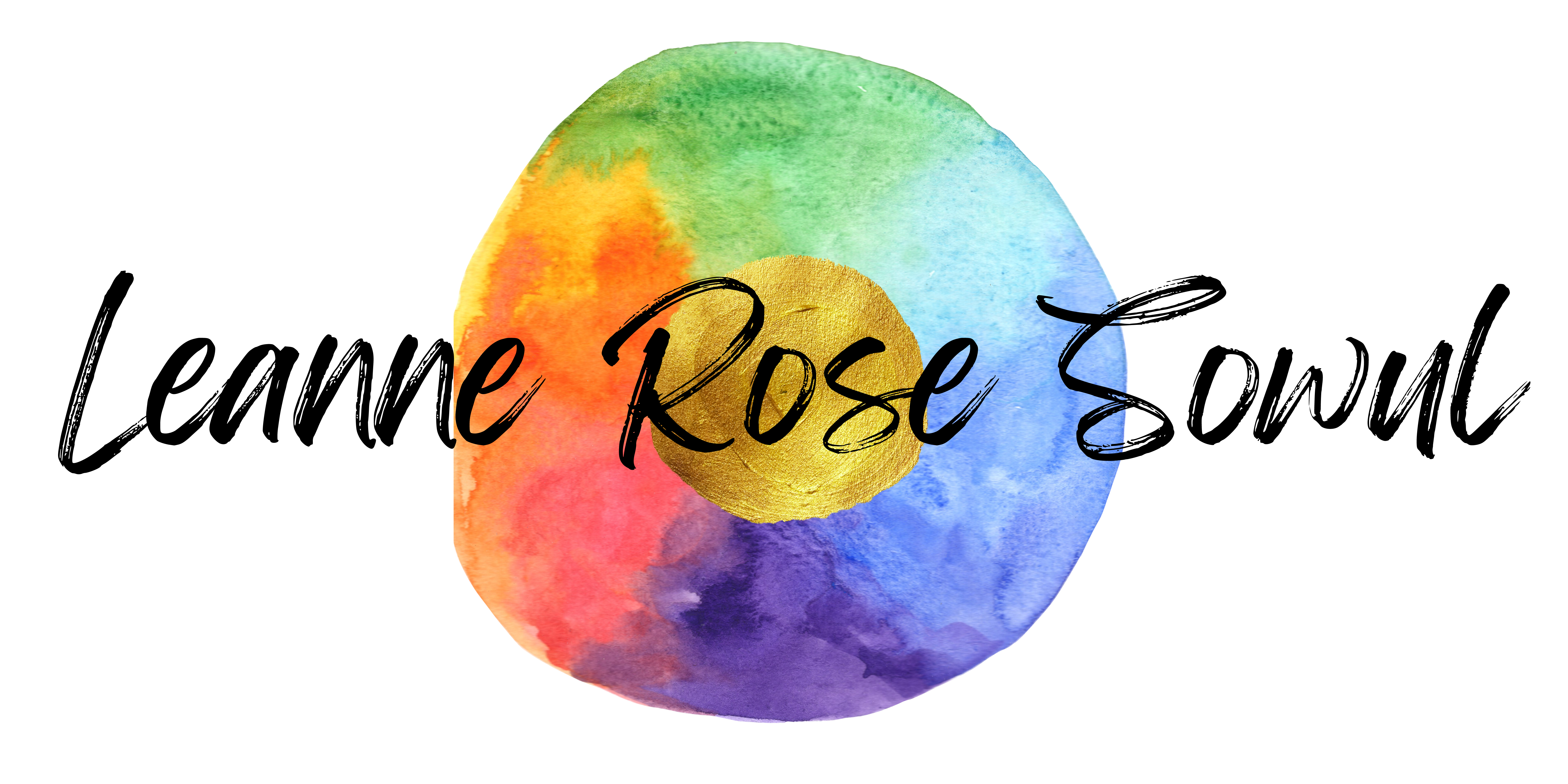I’ve been struggling lately with what to do about Edwin’s pacifier habit. I think it’s fine for him to keep using it during nap and nighttime (I am NOT disrupting the sleep routine when we finally have something that works!) but I’m worried that having it in his mouth during the day might delay his speech development. (He’s standing next to me right now, screeching his head off, so maybe he’s telling me not to worry about that.) More than that, I’m concerned about emotional development. If we give him a pacifier every time he gets upset, does that do emotional harm? What if I’m missing some sort of cue, and he was hungry or tired instead of just generally upset? What if he’s using it as a crutch, and never learns to self-soothe?
Yesterday at his infant play group, I expressed my pacifier concerns to a fellow “binky baby” parent. She kindly pointed out to me that Edwin is more shy and clingy than the other kids, and it takes him awhile to warm up to everyone in the room. Sucking on his binky makes him calm and seems to help him transition into the new situation. Far from being an emotional crutch, it helps him to handle his emotions and gives him time to process.
It then occurred to me that adults have “pacifiers” too. When we’re stressed, angry, or sad, don’t we all rely on external things to soothe us? Don’t we eat ice cream and potato chips, watch mindless television, or drink beer? Even if our habits are healthier, and we exercise or talk to a friend to release our feelings, aren’t those actions still emotional pacifiers? We have a strong, undesirable feeling; we seek something to make ourselves feel better; we are soothed. How is that different from what a baby does with his pacifier? It doesn’t mean that we are not dealing with our feelings. External “pacifiers” can give us the time and comfort that we need to process our emotions, so that we are capable of recognizing them and moving forward.
For now, I think I’m going to let Edwin continue the Maggie Simpson routine. When he’s playing at home, and seems happy, I might keep the pacifier out of reach to encourage him to talk to me, but when we’re out in unfamiliar situations, or at sleep times, I’ll let him suck. It makes him happy, it keeps him calm, and hey- it’s not ice cream. Or beer.
What’s your “pacifier”?


I agree with you 100%. Neither of my boys were into the binkies, my older sucks on a “blankie” and my younger is a (horrors!) thumb-sucker. Kids need the soothing. I noticed my 3.5 year old can do without his blankie all day sometimes. But once he gets hurt, or disciplined, or otherwise upset, he NEEDS the comfort. They just haven’t learned to rationalize past the upsetting feelings, so they suck on something. Before they invented binkies, it was obviously mommy they sucked on. I prefer the freedom of them having a transitional object…
And yes, adults have their own comforting routines, healthy or not-so-much.
Oh thank you, Ana, for calling it a “transitional object”… I never thought of it as such, but that makes it clear what the binky is really for. It’s not warm and cuddly like a blanket or stuffed animal, but it provides the same comfort. I wouldn’t think twice about letting Edwin carry around a stuffed animal, so it makes me feel 100% better to think of the binky in the same terms.